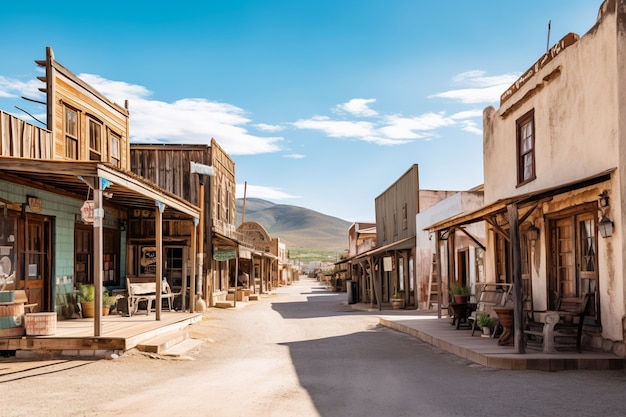
We began our journey in the old city of Jerusalem at the Armenian Quarter, after enjoying the stunning views from the Tower of David. Our time there was brief, just enough to get a feel for the area. We noticed a couple of key features: the area specializes in ceramics, with beautifully crafted tiles and pottery, and there are some enticing restaurants, although they were closed when we visited as it was too early for lunch.
As we moved out of the Armenian Quarter, we quickly found ourselves in the Jewish Quarter. The transition is quite seamless, almost like turning down a different street. We wandered through the charming, maze-like alleyways on our way to the Cardo. The Cardo is an ancient Roman street, characterized by its north-to-south orientation and lined with Roman columns. Historically, there used to be a bustling market here, and you can still see a mural that shows how it might have looked ages ago.
On a personal note, our previous travels in Jordan led us to Madaba, a city home to the Church of Saint George. This church houses the oldest Byzantine mosaic map of the Holy Land, showcasing Jerusalem’s old city with the Cardo prominently featured. Seeing the ancient map in Jordan and then standing in the very place it depicts was an awesome experience.
After exploring the Cardo, we stopped to admire the golden menorah, heavily guarded with high-tech security measures. With that ticked off our list, we continued weaving through the city towards one of the most significant sites – the Western Wall. The wall, part of the grand platform built for King Herod’s temple, is a place of prayer. Visitors write down prayers or things they’re thankful for, fold them up, and place them in the wall. There’s a section for men and another for women, separated by a low wall. Men need to cover their heads, typically with a kippah or yarmulke. Once you’ve placed your note, custom dictates you walk backward, facing the wall as a sign of respect.
The Western Wall is meaningful to Muslims as well. It’s known as the Buraq Wall, associated with Prophet Mohammed’s night journey. Unfortunately, visiting Muslim sites can be complex due to various access rules, so we opted not to visit out of respect.
We then ventured into the Muslim Quarter, which stands out for its lively atmosphere. As we approached its center, we found ourselves amidst bustling markets and restaurants, selling everything from pomegranates to spices and clothes.
Close to the intersection of the Christian and Muslim quarters, we stopped for lunch at Abu Shukri Restaurant. It was a fantastic choice, offering a simple but delicious platter of bread, dips, falafels, and salads – solid, no-fuss good food.
Our next itinerary involved exploring key spots for Christian pilgrims along the Via Dolorosa, or the Way of Suffering. This route commemorates the events leading up to Jesus Christ’s crucifixion, with fourteen stations marking significant moments, from his condemnation to being laid in the tomb. We started at the third station and followed the path to the Church of the Holy Sepulchre, the most significant site for Christian pilgrims. This church, larger than expected, marks the location where Jesus was crucified, buried, and resurrected. Upon finding the spot of crucifixion and the tomb where he was laid, it’s essential to queue, especially to enter the tomb or access the crucifixion site.
Within the church, an unofficial stop is where Jesus’ body was anointed before his burial. Many visitors come to kneel and pray here. After spending some time at the Church of the Holy Sepulchre, we decided to wrap up our day in Jerusalem.
We grabbed a quick coffee, browsed a market for souvenirs, and then headed toward a profoundly significant part of this trip – the West Bank. There, we had the precious opportunity to meet and learn firsthand from Israelis and Palestinians living in the area. There’s so much more to say about this part of the visit, which I’ll delve into in the next write-up.

